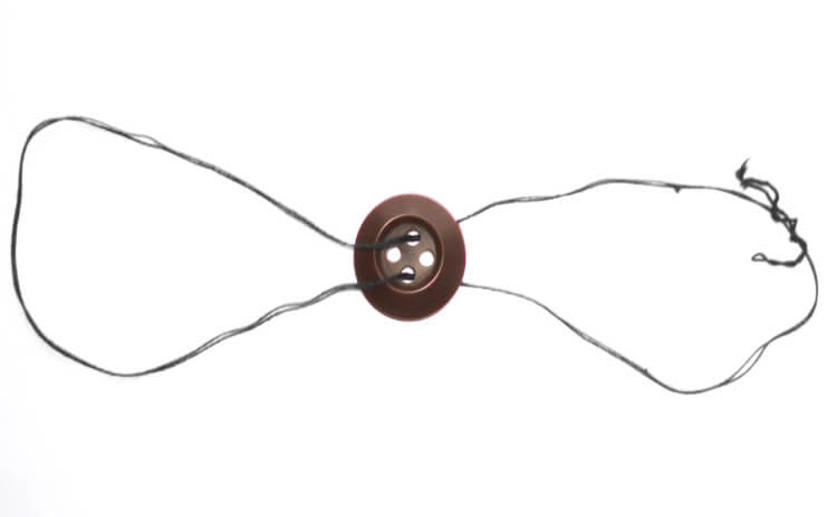
This archived news article is over 5 years old.
Research Team Designs Low-cost Centrifuge That Uses the Physics of a Simple Toy
Joanna Lawrence
10th January, 2017


Joanna Lawrence
10th January, 2017
